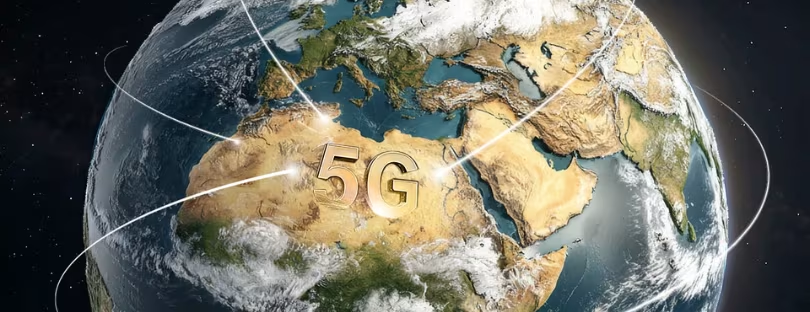
Orange and Nokia report the first successful trial of 5th generation optical technology over a live pan-European network
Orange and Nokia have achieved the successful completion of a significant trial testing 5th generation Photonic Service Engine (PSE-V) chipsets over a live transmission on the Orange network in June 2020. Orange and Nokia 5g
Among the direct applications of this technology, there will be possibilities to support the new ultra-high bitrate services on long distance networks and the broadcasting of large-scale live sports events.
Over three weeks, tests were run alongside live commercial traffic on the Orange International Networks Infrastructures and Services pan-European backbone. The tests were conducted from Paris’s network node to 15 Points of Presence (PoPs) creating 400Gbps services with reaches up to 3400km, enabling non-stop transmission from Paris to anywhere in Europe and beyond. In addition, bitrates up to 600Gbps with spectral efficiency of more than 6 Gbits/s/GHz have been implemented over paths longer than 1000km.
This opens new possibilities to interconnect European data center hubs as well as integrating them into new generation global submarine systems and allows to carry 27Tbps on a single pair of fibers between Paris and Lyon for example.
This new technology allows tripling of the total transported capacity on long haul links and also a reduction by 50% of energy consumption, thanks to the performance leap offered by the Probabilistic Constellation Shaping (PCS) , while leveraging the existing highly flexible and future proof infrastructure.
Jean-Luc Vuillemin, Executive Vice President Orange International Networks Infrastructures and Services commented: “At OINIS, we continuously benchmark our vendors’ technology advances in real-life scenarios to make sure every new development can consistently translate into tangible benefits for our customers. 5th generation chipsets seem promising as another step towards a more efficient, cost effective and environmentally sustainable network, which combined with submarine networks truly connects the whole world.”
Sam Bucci, Senior Vice President & General Manager, Optical Networks at Nokia, said: “We are delighted to showcase and field-proof the breakthroughs of our new generation chipsetand its improved probabilistic algorithms (PCS 2.0) over the network of OINIS. These tests validate our strategy to optimize around the best tradeoff between spectral efficiency, reach, power consumption and overall cost, which today means making 400G Ultra Long Haul and 600G regional a reality”.
The PSE-V new generation components also require less active equipment end to end. This promises enhanced reliability of the long-haul networks, and quality of service thanks to more robust algorithms and the introduction of telemetry as well as Artificial Intelligence. Orange and Nokia 5g









